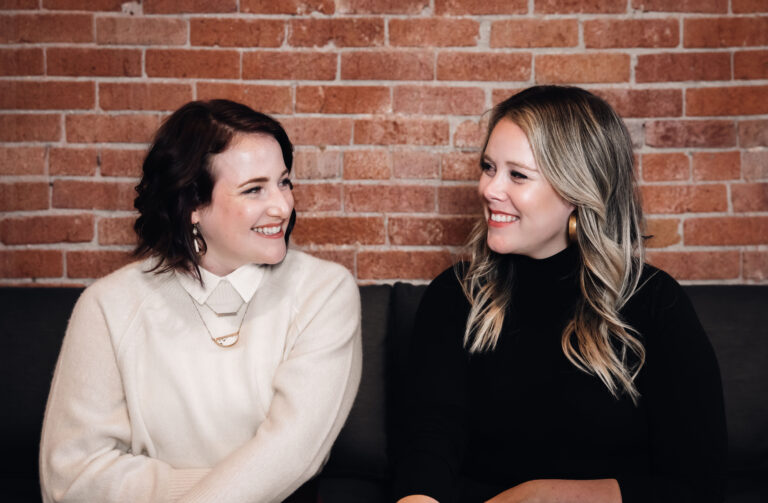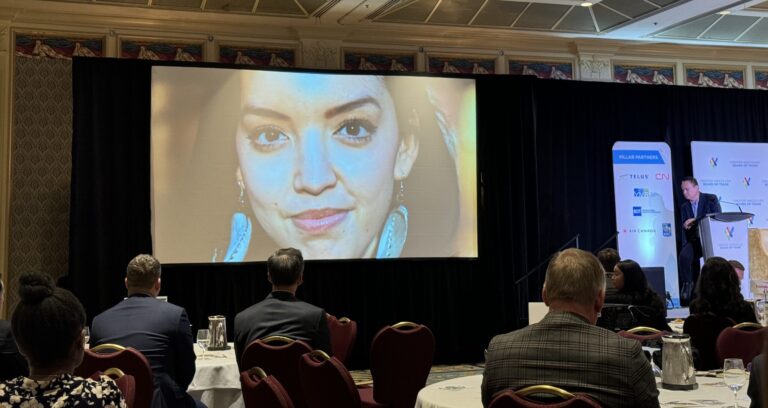Note: This blog discusses tragedies related to residential schools in Canada. You can reach the National Residential School Crisis Line at 1-866-925-4419.
Sometimes community engagement can be devastating.
Just over one year ago, the Tk’emlúps te Secwépemc announced it had discovered an estimated 200 burial sites at the former Kamloops Indian Residential School. Since then, thousands more unmarked graves have been identified across the country, with additional searches planned or currently ongoing.
The questions that arise from these discoveries are overwhelming. While we now know some of the horrific realities at residential schools, each grave and child has a unique story. What happened to these children? How did they die? Who buried them there? Who should be held responsible for their deaths? How can we hold individuals and institutions accountable?
And what should we do now with these cruel graves and the remains within them?
Some of these questions are a matter of criminal law. Others are the purview of people who can lead meaningful, decolonizing, trauma-informed community engagement, particularly as it supports truth and reconciliation.
Earlier this month, the federal government announced that Kimberly R. Murray, a Mohawk woman from Kanehsatà:ke, would serve as an Independent Special Interlocutor for Missing Children and Unmarked Graves Burial Sites associated with residential schools.
Murray will help Indigenous communities navigate the different jurisdictional and legal issues at burial sites and facilitate dialogue between survivors and the institutions that ran the schools. She will help communities work through how to identify, preserve, and protect unmarked graves, including repatriating remains if so desired.
If well-supported, well-resourced and given the appropriate independence to carry out her mandate, Ms. Murray could be in a position to help Indigenous communities – and the descendants of colonial settlers – grapple with the questions of how to honour the L’Estcwicwéý (the Missing).
Like every meaningful community conversation, there is no one right answer. These will be very difficult conversations to facilitate. We imagine there will be a wide array of feelings and positions among Indigenous communities on- and off-reserve, among First Nations bands and councils, among elected and hereditary chiefs, Urban Indigenous folks, as well as Métis, and Inuit peoples. Just like any community, Indigenous perspectives are not monolithic. We must expect to see and hear positions as wide-ranging as the spectrum of human grief.
The Tk’emlúps te Secwépemc and others have supported the announcement of the interlocutor, while some organizations have expressed concerns about this position. Cheryl Casimer, the First Nations Summit Political Executive from the First Nations Leadership Council, has said:
“The current mandate for the Special Interlocutor is short-sighted and limited in scope. This mandate must include an international and human rights legal framework, be built upon the UN Declaration on the Rights of Indigenous Peoples, and uphold the highest standards, Protocols, and conventions involving missing persons and genocide to address the severity of crimes that have been committed at former Residential Schools across Canada.”
Others have pointed out that the creation of the interlocutor position does not go far enough to advance truth, reconciliation and justice. Many Indigenous organizations continue to call for independent criminal investigations into the grave sites.
Assembly of First Nations Yukon Regional Chief Kluane Adamek says:
“While the appointment of an independent Special Interlocutor is one element needed to move forward with protecting unmarked burial sites, the Assembly of First Nations will continue to press for an independent criminal investigation, so those responsible for the crimes that took place are held accountable. Truth is required before reconciliation and having an impartial investigation of the critical violations of First Nations human rights, with the same urgency and investment as with this appointment, is required to pave the way for accountability and real justice.”
And so it is that no one person can uncover all truths. No one position can advance reconciliation. And no one process can realize justice. There is much more work still to be done.
Photo: Pinantan Lake, not far from the Kamloops Residential School.



